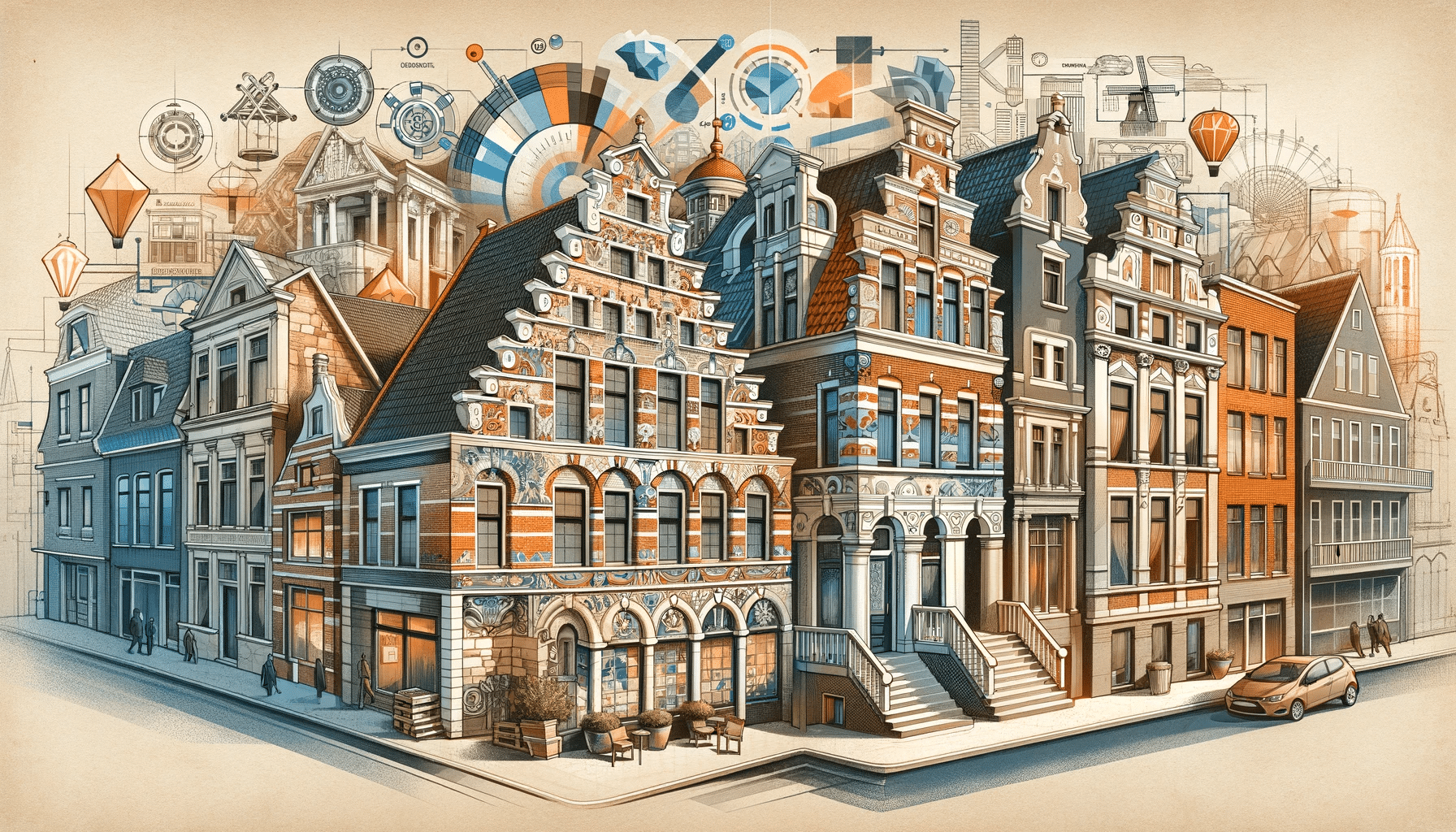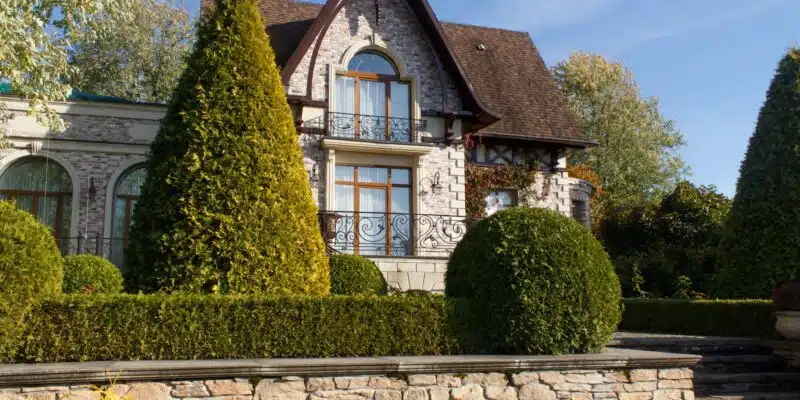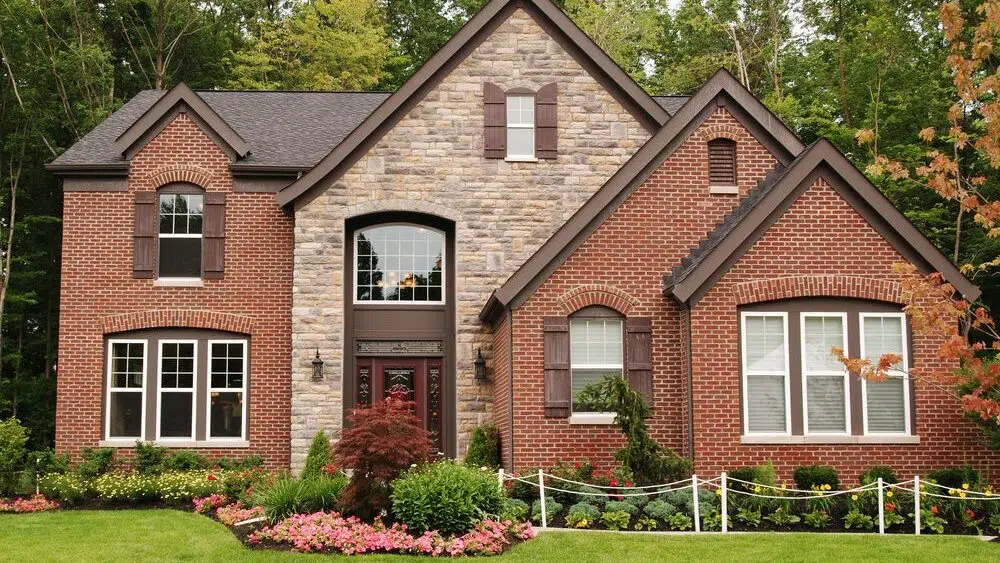1. Introduction to Chimney Repair
Your chimney is more than just a decorative feature of your home; it’s a crucial component of your heating system that requires regular maintenance and occasional repairs to function safely and efficiently. In this comprehensive guide, we’ll explore everything you need to know about chimney repair, from identifying common issues to understanding professional repair techniques. Whether you’re a homeowner in southern Ontario or anywhere else, this guide will help you maintain your chimney’s integrity and know when to seek expert help from professionals like Fix My Brick.
1.1 Importance of a well-maintained chimney
A well-maintained chimney is essential for several reasons:
- Safety: It prevents the buildup of dangerous gases like carbon monoxide in your home.
- Efficiency: A clean, properly functioning chimney ensures your fireplace or wood stove operates at peak efficiency.
- Longevity: Regular maintenance can extend the life of your chimney and avoid costly repairs or replacements.
- Home value: A well-maintained chimney contributes to your home’s overall value and curb appeal.
1.2 Common signs of chimney damage
Recognizing the signs of chimney damage early can save you time, money, and potential safety hazards. Look out for:
- Cracked or missing bricks
- White staining on the exterior (efflorescence)
- Rust on the firebox or damper
- Strong odors coming from the fireplace
- Debris in the firebox or flue
- Difficulty starting or maintaining fires
2. Types of Chimney Damage
2.1 Cracks and structural issues
Cracks in your chimney can range from minor surface issues to severe structural problems. They can be caused by settling, extreme temperature changes, or water damage. Left unaddressed, these cracks can lead to more significant issues, including chimney collapse.
2.2 Water damage and leaks
Water is one of the biggest enemies of chimneys. Leaks can occur due to damaged flashing, cracked chimney crowns, or deteriorated mortar joints. Water damage can lead to:
- Rusted dampers and fireboxes
- Deteriorated flue lining
- Stained walls and ceilings
- Mold growth
- Structural damage to the chimney and surrounding areas
2.3 Mortar deterioration
Over time, the mortar between bricks can deteriorate due to exposure to the elements. This can lead to loose bricks, water infiltration, and reduced structural integrity of the chimney.
2.4 Flue liner problems
The flue liner protects your home from heat and combustion gases. Common issues include:
- Cracks or gaps in clay tile liners
- Deterioration of metal liners due to corrosion
- Improper sizing or installation
- Creosote buildup
2.5 Chimney cap and crown damage
The chimney cap and crown are your chimney’s first line of defense against the elements. Damage to these components can lead to water infiltration, animal intrusion, and debris buildup in the flue.
3. DIY Chimney Inspection
3.1 Safety precautions
Before attempting any DIY chimney inspection, ensure you take the following safety precautions:
- Use a sturdy ladder and have a spotter
- Wear non-slip shoes
- Use safety glasses and a dust mask
- Avoid inspections during wet or icy conditions
3.2 What to look for externally
During an external inspection, check for:
- Cracks or gaps in the mortar joints
- Loose or missing bricks
- Signs of water damage or staining
- Leaning or tilting of the chimney structure
- Damaged or missing chimney cap
- Vegetation growing on or near the chimney
3.3 Internal inspection tips
For an internal inspection:
- Use a flashlight to examine the firebox for cracks or damage
- Check the damper for proper operation and signs of rust
- Look for any debris or creosote buildup in the flue
- Inspect the flue liner for cracks or missing pieces
- Check for any signs of water damage or staining inside the fireplace
4. Professional Chimney Repair Techniques
4.1 Tuckpointing and repointing
Tuckpointing is the process of removing deteriorated mortar from joints and replacing it with fresh mortar. This technique helps maintain the structural integrity of the chimney and prevents water infiltration. Repointing is a similar process but involves replacing all the mortar joints, not just the damaged ones.
4.2 Chimney relining
When the existing flue liner is damaged beyond repair, chimney relining is necessary. This process involves installing a new liner, typically made of stainless steel or a ceramic compound, to ensure proper venting of combustion gases.
4.3 Rebuilding and restoration
In cases of severe damage, partial or complete chimney rebuilding may be necessary. This process involves dismantling the damaged portions of the chimney and reconstructing them using new materials while maintaining the original design and structural integrity.
4.4 Waterproofing and sealing
Applying a waterproof sealant to the exterior of the chimney can help prevent water damage and extend the life of repairs. This process should only be done after addressing any existing damage and ensuring proper ventilation.
5. When to Call a Professional
5.1 Signs of severe damage
While some minor chimney maintenance can be done by homeowners, certain signs indicate the need for professional intervention:
- Large cracks or gaps in the chimney structure
- Leaning or tilting of the chimney
- Extensive water damage or leaks
- Damaged or deteriorated flue liner
- Strong odors or smoke entering the home
- Difficulty starting or maintaining fires
5.2 Benefits of expert chimney repair services
Professional chimney repair services offer several advantages:
- Expertise in identifying and addressing complex issues
- Access to specialized tools and materials
- Knowledge of local building codes and safety regulations
- Warranty on work performed
- Potential cost savings by addressing issues early and correctly
6. Chimney Repair Costs
6.1 Factors affecting repair costs
The cost of chimney repairs can vary widely depending on several factors:
- Type and extent of damage
- Height and accessibility of the chimney
- Materials required for repair
- Local labor costs
- Any necessary permits or inspections
6.2 Average costs for common repairs
While costs can vary, here are some rough estimates for common chimney repairs:
- Tuckpointing: $500 – $2,500
- Chimney cap replacement: $150 – $500
- Flue liner replacement: $2,500 – $7,000
- Partial rebuilding: $1,000 – $3,500
- Complete chimney rebuild: $4,000 – $15,000+
7. Preventing Future Chimney Damage
7.1 Regular maintenance tips
To prevent future chimney damage:
- Clean your chimney annually or more frequently if used heavily
- Install a quality chimney cap to prevent water and animal intrusion
- Address minor repairs promptly to prevent larger issues
- Keep trees trimmed away from the chimney
- Ensure proper ventilation and use of your fireplace or wood stove
7.2 Importance of annual inspections
Annual professional inspections are crucial for:
- Identifying potential issues before they become major problems
- Ensuring your chimney meets current safety standards
- Maintaining the efficiency of your heating system
- Protecting your home and family from fire and carbon monoxide risks
8. Choosing a Chimney Repair Service
8.1 What to look for in a reputable company
When selecting a chimney repair service, consider the following:
- Proper licensing and insurance
- Certifications from industry organizations
- Years of experience in chimney repair
- Positive customer reviews and testimonials
- Clear, detailed written estimates
- Warranty on work performed
8.2 Questions to ask before hiring
Before hiring a chimney repair service, ask the following questions:
- Are you licensed and insured?
- What certifications do your technicians hold?
- How long have you been in business?
- Can you provide references from recent clients?
- What is your process for inspecting and diagnosing chimney issues?
- Do you offer a warranty on your work?
- How long will the repair process take?
- Will you obtain any necessary permits?
9. Conclusion
9.1 Recap of key points
Maintaining a safe and efficient chimney requires regular inspection, timely repairs, and professional expertise when needed. By understanding common chimney issues, recognizing signs of damage, and implementing preventive measures, you can extend the life of your chimney and ensure the safety of your home.
9.2 Importance of timely chimney repair
Addressing chimney issues promptly can prevent minor problems from escalating into major, costly repairs. Regular maintenance and timely repairs not only ensure the safety and efficiency of your heating system but also protect your home’s value and your family’s well-being.
If you’re in southern Ontario and need expert chimney repair services, don’t hesitate to contact Fix My Brick. Our team of experienced professionals is ready to help you maintain the safety and integrity of your chimney for years to come.
Why is it important to maintain a chimney?
A well-maintained chimney is crucial for safety, efficiency, longevity, and preserving your home’s value. It prevents dangerous gas buildups, ensures efficient heating, and contributes to the overall appeal of your property.
What are common signs of chimney damage?
Common signs include cracked or missing bricks, white staining (efflorescence), rust on the firebox, unpleasant odors from the fireplace, debris in the flue, and difficulty starting or maintaining fires.
What types of chimney damage should I be aware of?
Key types of chimney damage include cracks and structural issues, water damage and leaks, mortar deterioration, flue liner problems, and damage to the chimney cap and crown.
What safety precautions should I take for a DIY chimney inspection?
Ensure you use a sturdy ladder with a spotter, wear non-slip shoes, protective eyewear, and a dust mask, and avoid inspections in wet or icy conditions.
When should I call a professional for chimney repair?
You should call a professional if you notice large cracks, leaning structures, extensive leaks, damaged flue liners, strong odors or smoke entering your home, or difficulty maintaining fires.
What are some professional chimney repair techniques?
Professional techniques include tuckpointing and repointing to repair mortar, chimney relining to replace flue liners, rebuilding for severe damage, and waterproofing to prevent future leaks.
What factors affect chimney repair costs?
Factors include the type and extent of damage, height and accessibility of the chimney, required materials, local labor costs, and any necessary permits or inspections.
How can I prevent future chimney damage?
Preventive measures include annual cleaning, installing a quality chimney cap, addressing minor repairs promptly, keeping trees trimmed, and ensuring proper ventilation of your fireplace or wood stove.
What should I look for when choosing a chimney repair service?
Look for proper licensing and insurance, certifications, years of experience, positive customer reviews, detailed estimates, and a warranty on the work performed.
What are the benefits of hiring a professional for chimney repairs?
Professional services provide expert diagnosis, specialized tools, knowledge of building codes, warranties on their work, and potential cost savings by addressing issues correctly and early.




